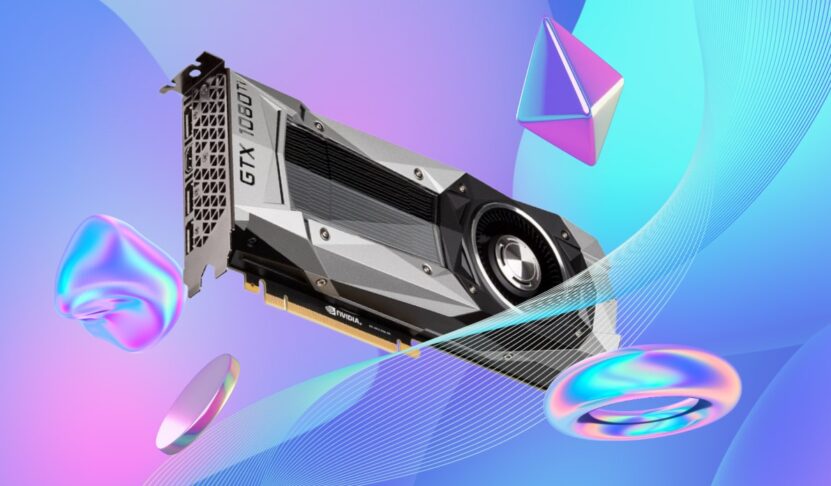As technology progresses at breakneck speed, the tech world is continuously bustling with newer, more efficient, and more powerful products. In the realm of graphics cards, the pace is no different, often leaving consumers perplexed on whether older yet potent models, like the Nvidia GTX 1080, still pack a punch. This post aims to demystify this query, unpacking the GTX 1080’s performance, comparing it with newer cards, and exploring its compatibility and longevity.
Technical Specifications and Performance Overview
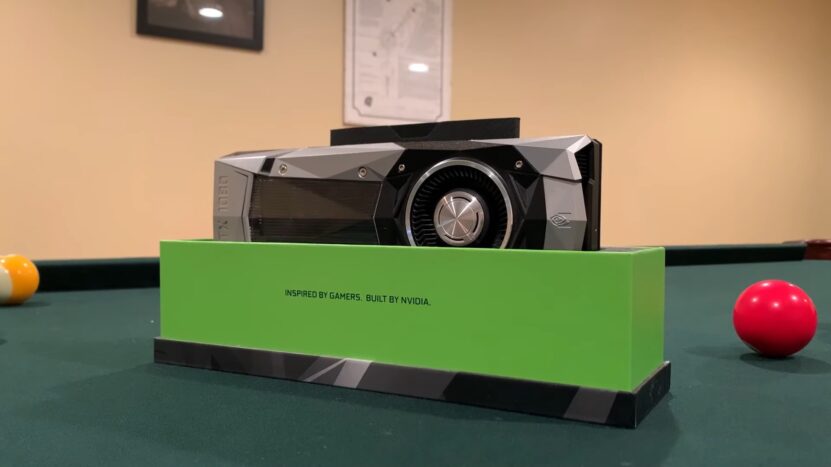
The GTX 1080 comes equipped with 2560 CUDA cores and a base clock of 1607 MHz that can be boosted up to 1733 MHz. The 8 GB GDDR5X VRAM, with a memory speed of 10 Gbps, remains a considerable amount even by today’s standards. Despite being an older card, these specifications translate into robust performance, capable of handling demanding tasks.
When it comes to raw performance, this GPU continues to impress. This GPU can handle most games at 1080p and 1440p resolutions with high to ultra settings, reflecting its resilient performance characteristics. Moreover, it also handles some 4K gaming tasks competently, although the demands of newer 4K games might be challenging.
The GTX 1080’s DirectX 12 performance is also commendable, considering its age. It demonstrates decent FPS (Frames Per Second) outputs on various games under this newer API. However, newer cards outshine the GTX 1080 in DirectX 12 performance, mainly due to their more advanced architectures optimized for this API.
Comparison with Newer Graphics Cards
Let’s look at how the GTX 1080 fares when compared with newer counterparts. Against Nvidia’s RTX 20 series, the GTX 1080 maintains a strong position. While it lacks the RT and Tensor cores, which enable real-time ray tracing and DLSS respectively, in terms of raw gaming performance, it can hold its ground fairly well.
When compared with the latest RTX 30 series, however, the gap widens. The RTX 30 series comes equipped with improved ray-tracing technology and the more advanced Ampere architecture. While the GTX 1080 offers impressive performance for its age, the newer cards outperform it significantly, especially in ray-tracing games and applications that take advantage of DLSS.
Yet, when comparing cost-to-performance ratios, the GTX 1080 might still emerge as an enticing option. Given that it continues to deliver solid performance at 1080p and 1440p resolutions, it could be a cost-effective solution for gamers not keen on the latest ray-tracing or AI features.
Gaming Performance and Compatibility
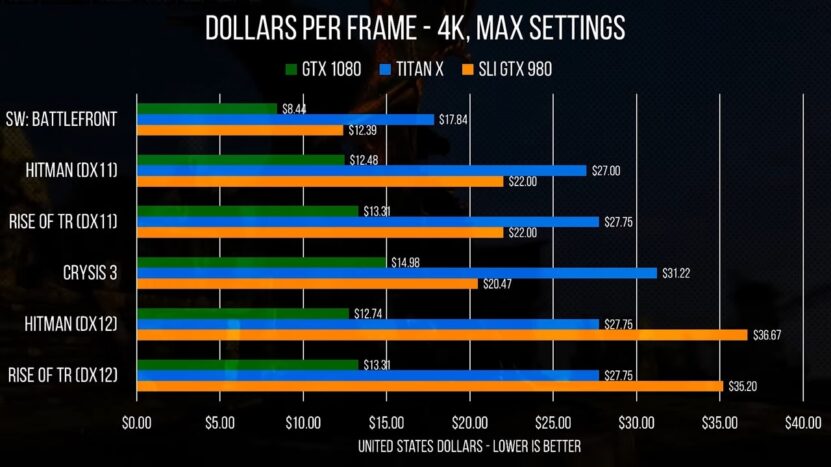
In the realm of gaming, this graphics card still shines brightly. It can handle most modern games at high settings with stable frame rates at 1080p and 1440p resolutions. However, for 4K gaming, the GTX 1080 may struggle to maintain smooth gameplay, particularly for more demanding, newer titles.
Moreover, the GTX 1080 is compatible with a wide range of systems. Due to its age, many of the driver issues that could have been a problem around its launch have been resolved, making it a reliable plug-and-play option. But remember, a well-balanced system is crucial; pairing the GTX 1080 with a very old CPU could bottleneck its performance.
In terms of game APIs, the GTX 1080 supports DirectX 12, Vulkan, and OpenGL 4.5, ensuring compatibility with a broad spectrum of games. Nevertheless, it’s important to note that newer APIs and game engines continue to advance and might leverage features exclusive to newer GPU architectures, a domain where this graphics card might fall short.
VR (Virtual Reality) Capabilities

In terms of VR capabilities, the GTX 1080 is still quite capable. When it was launched, it was considered one of the best GPUs for VR applications, and this performance extends to the present day. Most VR titles can run smoothly on the GTX 1080, with decent frame rates and high settings.
However, it’s important to consider the advancements in VR technology and the consequent demands on hardware. As VR games become more complex, the need for more powerful GPUs becomes apparent. While the GTX 1080 still performs well, it might struggle with future VR titles that leverage more advanced features found in newer cards.
If your primary aim is to run VR applications, the GTX 1080 could still serve you well. But for future-proofing your VR setup, newer GPUs with more power and VR-focused features might be a more fitting choice.
Power Consumption and Heat Management
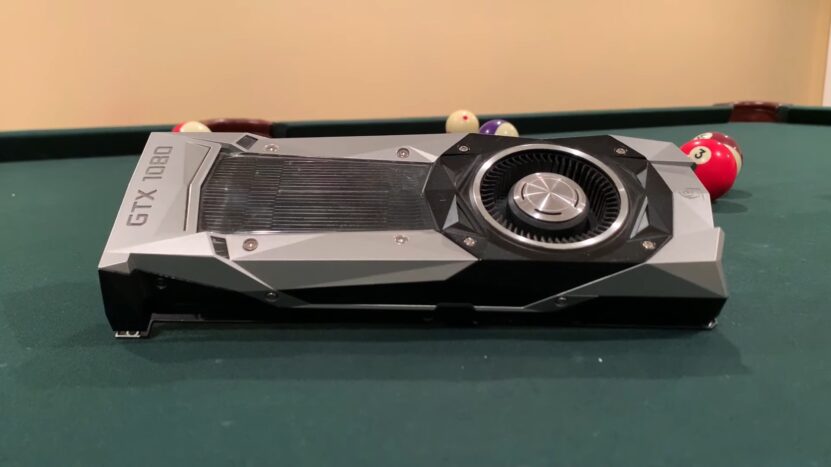
The GTX 1080’s power efficiency is another strength, thanks to its Pascal architecture. With a TDP (Thermal Design Power) of 180 watts, it has a lower power draw than many of the more powerful, newer cards. This reduced power consumption can lead to cost savings over time, making it an environmentally friendly and wallet-friendly option.
Heat management in this graphics card is generally well-controlled, with the GPU maintaining reasonable temperatures under load. This is largely due to the efficient cooling solutions that Nvidia incorporated into this card’s design. However, as with any hardware, effective cooling in your PC case is also a critical factor in maintaining good temperatures.
As always, it’s crucial to consider the power supply unit (PSU) when looking at a card like the GTX 1080. Ensuring your PSU can handle the power draw of the GTX 1080, along with the rest of your system components, is paramount for smooth and stable performance.
Availability and Pricing

As a discontinued product, new GTX 1080 cards are challenging to find in retail. However, the used market is awash with these GPUs, providing opportunities for potential buyers. When considering a used GTX 1080, it’s vital to consider its previous usage, as extensive use in applications like crypto-mining can shorten the GPU’s life expectancy.
Prices for this GPU on the used market vary widely, influenced by factors such as condition, location, and demand. With the introduction of more recent GPU models and the ongoing GPU shortage, you might find GTX 1080s at enticing prices. Still, ensure to weigh these against the benefits of purchasing a newer GPU with a warranty.
Finally, consider your specific needs and budget when assessing the GTX 1080’s price. While it may offer good value for some, others might be better served to invest in newer GPUs, particularly if future-proofing, warranty, and access to the latest GPU features are significant factors.
Longevity and Future-Proofing
Longevity and future-proofing are significant considerations when investing in a GPU. The GTX 1080, despite being several years old, continues to deliver competent performance for current gaming and general use. However, it’s crucial to recognize that it lacks support for newer technologies like real-time ray tracing and DLSS, which are becoming increasingly prevalent in modern games.
For gamers who wish to stay on the cutting edge of graphical fidelity, the GTX 1080 might fall short in the years to come. Nevertheless, for those who primarily play at 1080p or 1440p resolutions and can forego the newest visual features, the GTX 1080 could still provide satisfactory service for some time.
Additionally, for non-gaming applications such as video editing and rendering, the GTX 1080 remains a powerful tool. It’s ample VRAM and high compute performance can still handle these tasks proficiently, further extending its longevity.
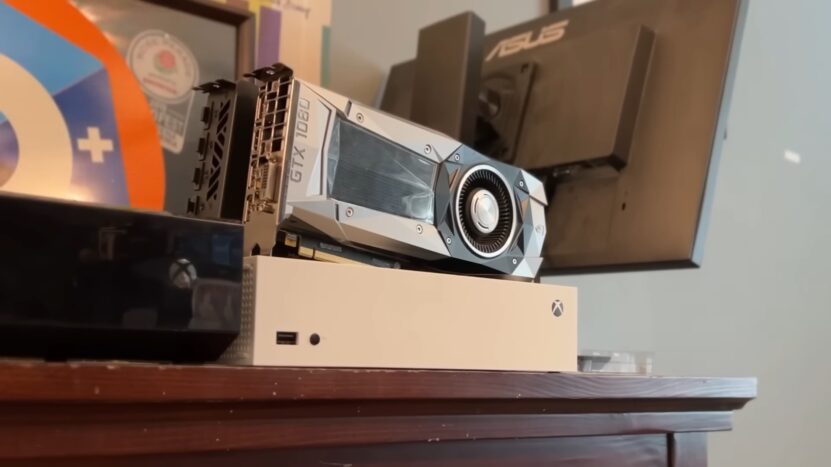
Considerations for Specific Use Cases
When considering the GTX 1080, your individual use case plays a significant role. For full HD and QHD gaming, this graphics card provides ample power to run most games with high graphical settings. However, if you’re aiming for 4K gaming with the highest details, newer GPUs might be more appropriate.
In the realm of content creation, the GTX 1080 is still a capable companion. It performs well in tasks like video editing, 3D rendering, and graphic design, thanks to its high CUDA core count and generous VRAM allocation. However, for AI or machine learning tasks, newer GPUs with Tensor cores would be more effective.
Finally, for VR enthusiasts, the GTX 1080 provides a solid foundation for most existing VR games and applications. However, as VR technology evolves, the demand for more powerful GPUs is likely to increase.
Alternative Options in The Market
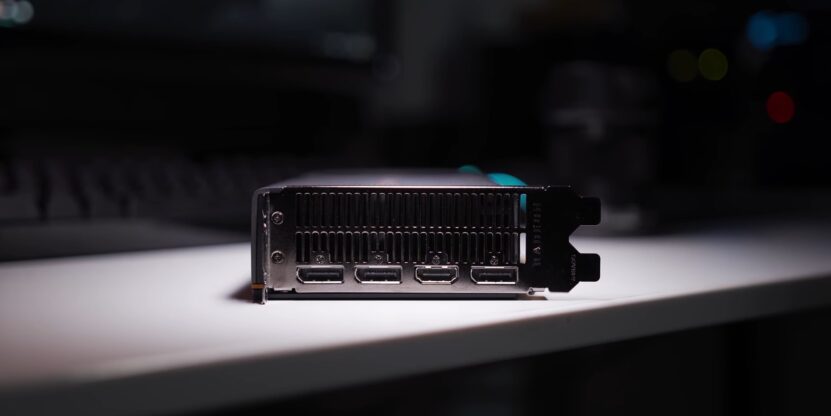
For those considering the GTX 1080, it’s worthwhile to explore some alternative options. In a similar price range, you could find GPUs such as the RTX 2060 or RTX 2070. These GPUs offer similar or slightly better performance, along with features like real-time ray tracing and DLSS, which the GTX 1080 lacks.
For those interested in AMD’s offerings, the RX 5700 and RX 5700 XT provide comparable performance to the GTX 1080. Additionally, they feature AMD’s RDNA architecture, which includes support for PCIe 4.0 and a more advanced encoding/decoding engine for media tasks.
Lastly, for users with a higher budget, the RTX 30 series offers a significant performance boost and support for the latest technologies. However, availability can be an issue due to high demand and supply shortages.
Final Words
In conclusion, the Nvidia GTX 1080 remains a potent graphics card, capable of handling many modern games and applications. Its impressive performance, decent power efficiency, and wide compatibility make it a valid option for many users, particularly those on a budget or with specific use cases.
However, it’s important to consider the card’s age and the progression of technology. The lack of support for newer features like real-time ray tracing and DLSS, alongside its decreasing effectiveness for high-resolution gaming and upcoming VR applications, may make newer GPUs more attractive.

